Reducing the carbon footprint of cars is more important than ever. Technological innovations are leading the way in making vehicles greener and more efficient. From electric vehicles to advanced engine technologies, these innovations are helping to cut emissions and promote sustainability. Here are 14 key technologies transforming the automotive industry and paving the way for a cleaner future.
Contents
Electric Vehicles (EVs)
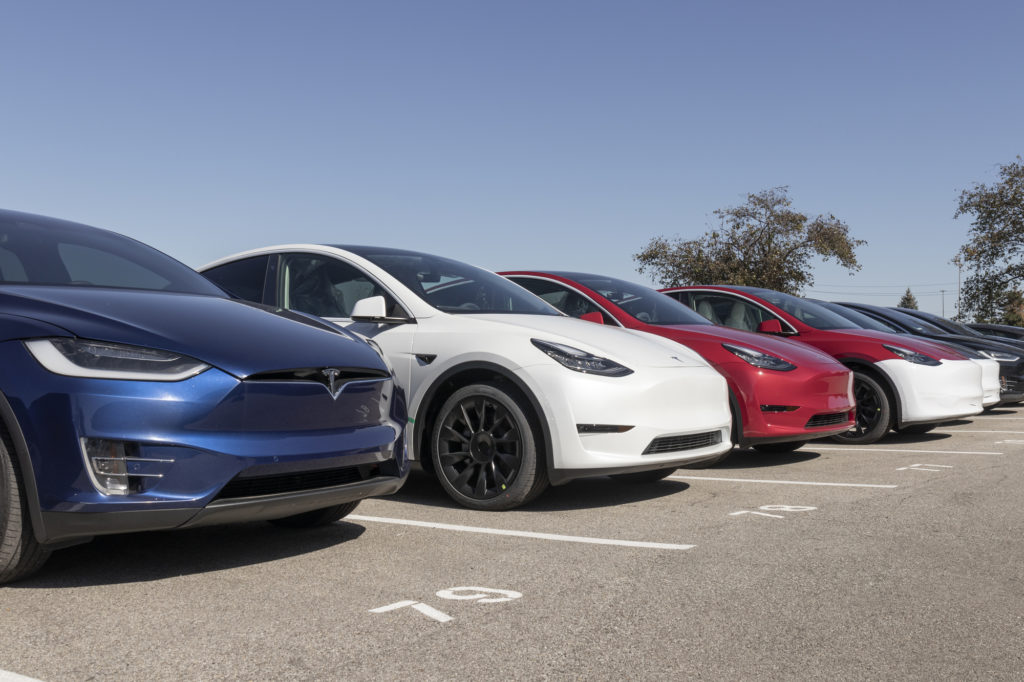
Electric vehicles (EVs) are transforming the automotive industry by significantly reducing carbon emissions. They produce zero tailpipe emissions as they are powered by electricity instead of fossil fuels, making them an eco-friendly alternative. Advances in battery technology have extended their range, enhancing practicality for everyday use.
Hydrogen Fuel Cells
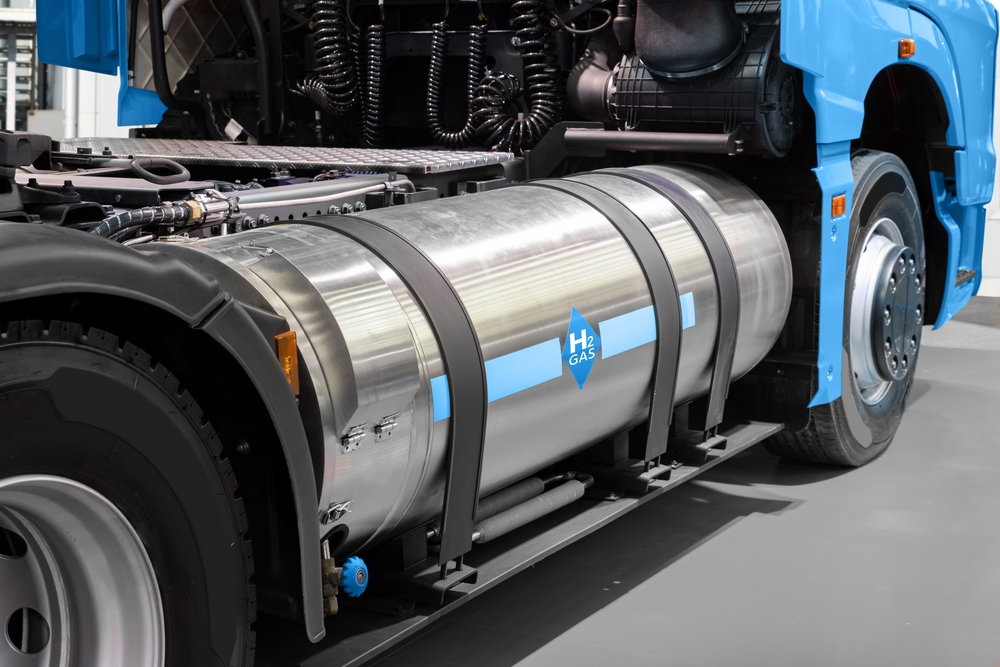
Hydrogen fuel cell technology offers a promising solution for reducing the carbon footprint of vehicles. These cells generate electricity by combining hydrogen and oxygen, emitting only water vapor as a byproduct. With a higher range and quicker refueling times compared to traditional EVs, hydrogen fuel cells are becoming more viable.
Regenerative Braking
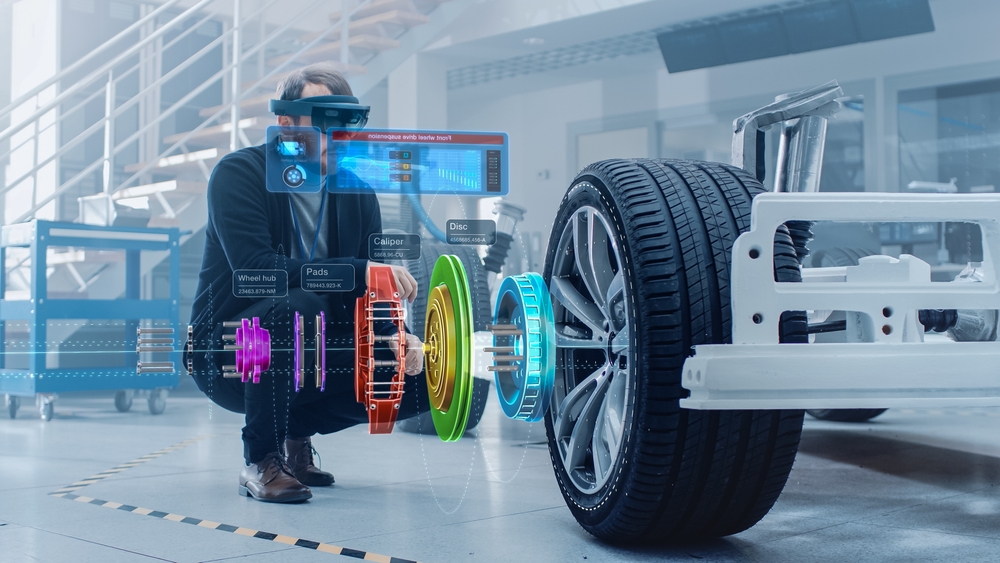
Regenerative braking systems capture and store energy typically lost during braking. This technology converts kinetic energy into electrical energy, which can be used to recharge the vehicle’s battery. By enhancing energy efficiency, regenerative braking reduces the overall carbon footprint of hybrid and electric vehicles.
Lightweight Materials
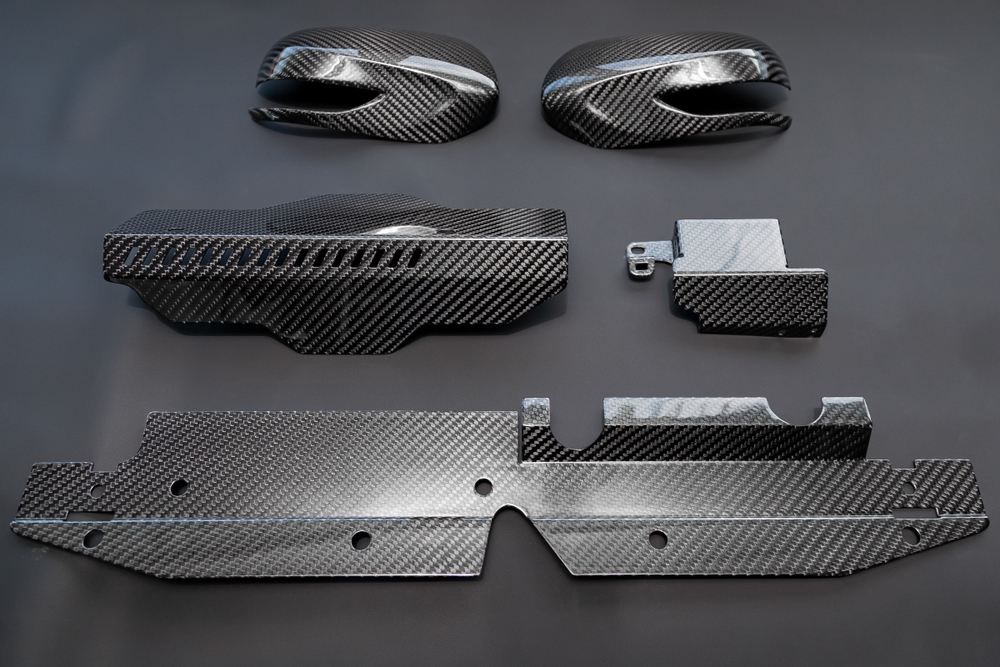
The use of lightweight materials like aluminum, carbon fiber, and high-strength steel reduces vehicle weight, improving fuel efficiency. Lighter cars require less energy to accelerate and maintain speed, which results in lower emissions. These advanced materials also enhance vehicle performance and safety.
Eco-friendly Tires

Eco-friendly tires are designed to minimize rolling resistance, thereby improving fuel efficiency and reducing CO2 emissions. Made from sustainable materials and advanced rubber compounds, these tires offer better performance and durability. By reducing the energy required for propulsion, they contribute to lower overall emissions.
Start-Stop Technology

Start-stop technology automatically shuts off the engine when the vehicle is idle and restarts it when the accelerator is pressed. This innovation reduces fuel consumption and emissions during traffic stops and idling periods. By minimizing engine run time, start-stop systems contribute to improved fuel efficiency and lower CO2 emissions. Many modern vehicles now come equipped with this feature as standard.
Hybrid Powertrains
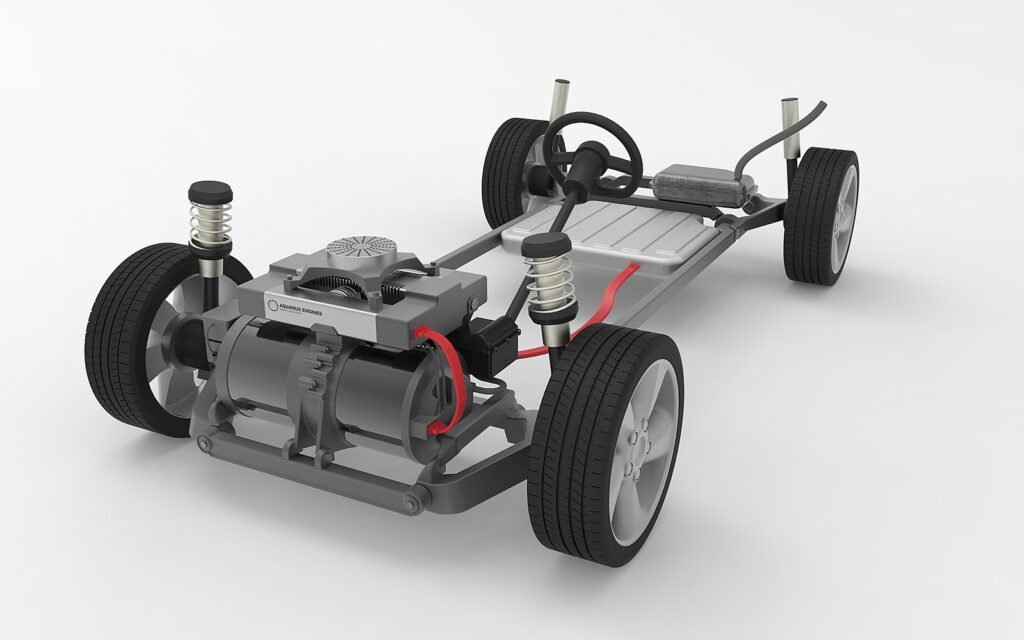
Hybrid powertrains combine an internal combustion engine with an electric motor to optimize fuel efficiency and reduce emissions. Hybrids can switch between or simultaneously use both power sources to maximize energy efficiency. This technology offers a balance between the extended range of traditional engines and the eco-friendliness of electric power.
Aerodynamic Design

Improved aerodynamic design reduces air resistance, enhancing fuel efficiency and reducing emissions. Streamlined shapes, active grille shutters, and underbody panels are some of the features that contribute to better aerodynamics. By cutting down on drag, vehicles can achieve higher efficiency and lower fuel consumption.
Advanced Engine Technologies
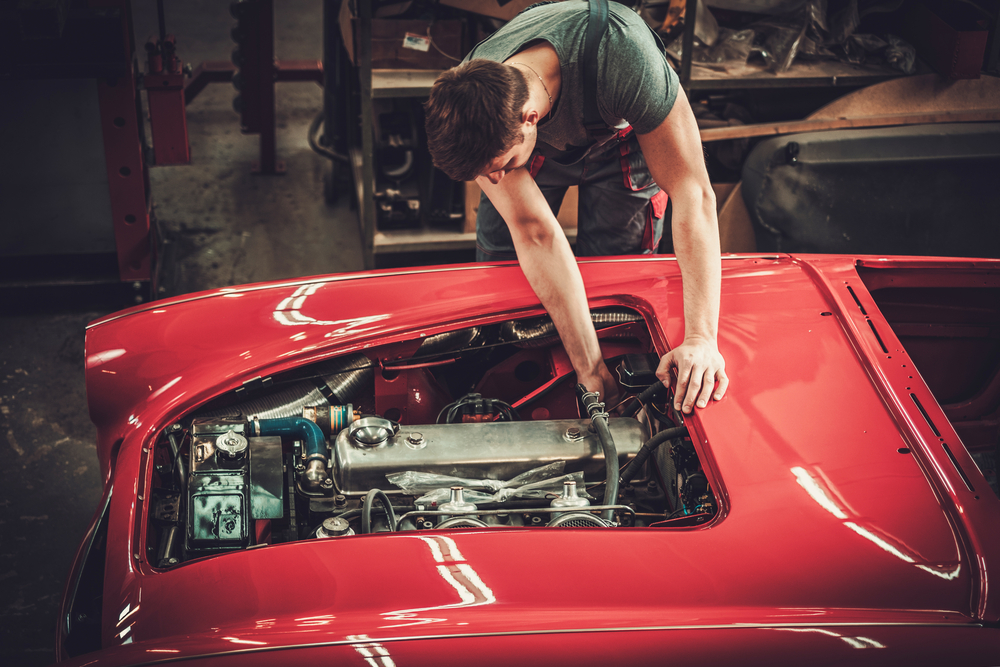
Advanced engine technologies, such as turbocharging and direct fuel injection, improve engine efficiency and reduce emissions. Turbochargers increase power output without significantly increasing engine size or weight, while direct injection enhances fuel combustion. These innovations result in better fuel economy and lower CO2 emissions.
Solar Roof Panels

Solar roof panels on vehicles capture solar energy and convert it into electricity to power auxiliary systems or recharge batteries. This technology reduces the reliance on fossil fuels and lowers overall emissions. Solar panels can extend the range of electric vehicles and provide power for air conditioning and other electrical systems.
Biofuels

Biofuels, made from renewable sources like plant materials and waste, offer a sustainable alternative to traditional gasoline and diesel. Using biofuels reduces the carbon footprint of vehicles by decreasing the reliance on fossil fuels and lowering greenhouse gas emissions. They can be used in existing engines with minimal modifications, making them a practical solution for reducing emissions.
Electric Turbochargers
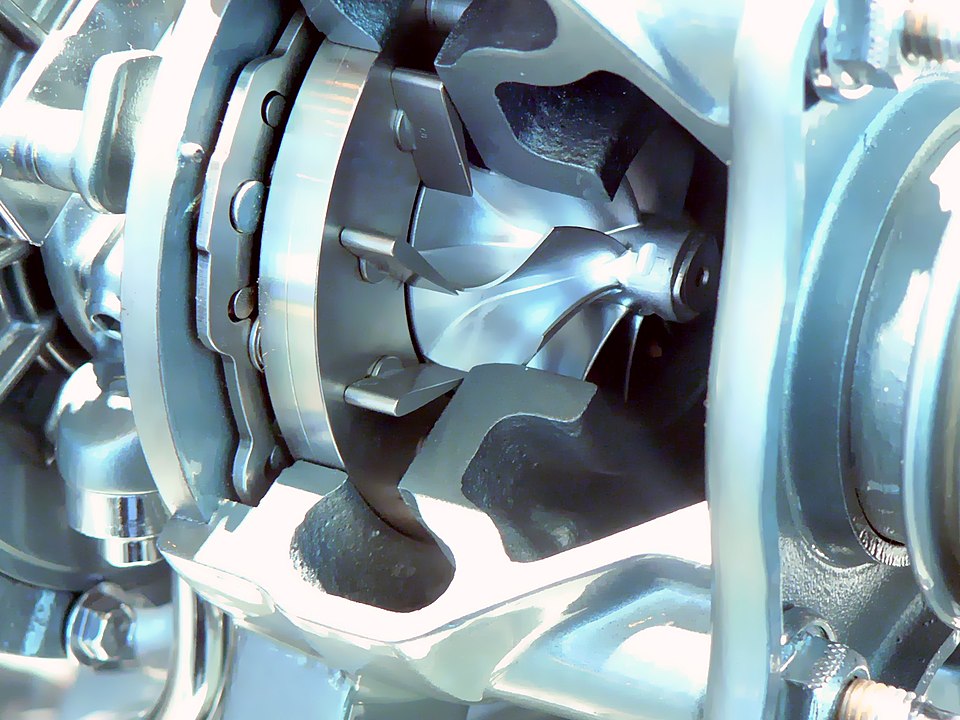
Electric turbochargers provide an immediate boost in engine performance without the lag associated with traditional turbochargers. By using electric power to spin the turbocharger, these systems improve engine efficiency and reduce emissions. Electric turbochargers offer better fuel economy and enhanced performance, making them a valuable addition to modern engines.
Low Rolling Resistance Tires

Low rolling resistance tires are designed to minimize the energy loss as a tire rolls, improving fuel efficiency and reducing emissions. These tires are made from advanced rubber compounds and optimized tread patterns to reduce friction. By requiring less energy to maintain movement, low rolling resistance tires help lower the overall carbon footprint of vehicles.
Battery Recycling Programs

Battery recycling programs ensure that the materials in EV batteries are reused and repurposed, reducing the environmental impact of battery production and disposal. These programs recover valuable metals like lithium, cobalt, and nickel, which can be used in new batteries. By promoting sustainable practices, battery recycling helps minimize the carbon footprint associated with electric vehicles.
This article originally appeared on MyCarMakesNoise.
More from MyCarMakesNoise
12 Overlooked Minivans Perfect for Families

When it comes to family vehicles, minivans often lead the pack with their unbeatable combination of space, comfort, and utility. Yet, amidst the popularity of SUVs and crossovers, some exceptional minivans tend to fly under the radar, deserving more recognition than they typically receive. Read More
10 Common Boat Handling Mistakes to Avoid

Boating is both an art and a science, requiring a passion for open water and a deep respect for the intricacies of boat handling. Even the most experienced mariners can make simple mistakes that lead to serious consequences. Read More
11 Historic Motorcycles That Are Still Popular

Motorcycles hold a unique place in the tapestry of automotive history, blending innovation with a timeless allure that captivates enthusiasts and casual observers alike. Certain models, revered for their revolutionary design and engineering, have transcended their era to become icons that are still ridden and adored today. Read More














